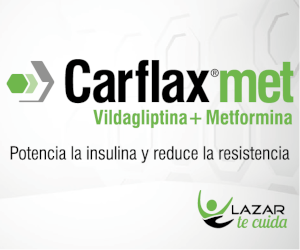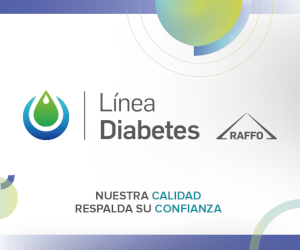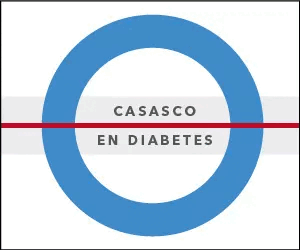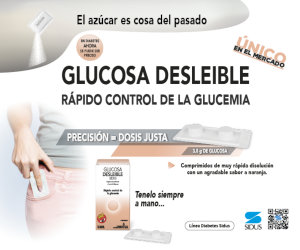Therapeutic algorithm for arterial hypertension
Keywords:
hypertension, algorithmAbstract
Cardiovascular disease accounts for 25% of deaths among patients with onset of diabetes (DM) before age 20. Premature coronary heart disease and stroke (ACV) cause 27% and 6%, respectively, of deaths among patients with DM < 45 years.
In health surveys conducted on people aged 20 to 44 years, 29% of DM (compared to 8% of non-DM) report having hypertension. Hypertension is more common in men, with microangiopathy, with overweight/obesity, in older adults and with a longer duration of DM1. Hypertension also increases in prevalence with deterioration of renal function.
The cause of hypertension is diabetic nephropathy, although some patients (often with a strong family history of hypertension) may develop it in the absence of overt kidney disease.
Lowering blood pressure (BP) in people with hypertension and T1DM reduces macrovascular events and mortality, and prevents microvascular complications, such as nephropathy and retinopathy.
Pharmacological treatment should be started when SBP is ≥140 mmHg or DBP ≥90 mmHg, to achieve, if tolerated, a target of <130/80 mmHg, which has been shown to provide greater protection compared to higher values, particularly against stroke and progression of diabetic kidney disease (DKD). In <13 years, it is defined as an average of SBP and DBP ≥95th percentile according to gender, age and height, on three or more occasions. In patients over 13 years of age, arterial hypertension is defined as an average of SBP and DBP ≥ 130/80 mmHg.
AR-GLP1 have demonstrated a reduction in CV events and considerable weight loss. The use of AR-GLP1 has been recommended by the European Society of Cardiology/European Association for the Study of Diabetes (ESC/EASD) Guidelines as a treatment for DM in patients with a CV event, target organ damage or multiple risk factors. AR-GLP1 can reduce office and ambulatory BP monitoring (ABPM) by several mmHg even when patients are under treatment with multiple antihypertensives. The novel nonsteroidal mineralocorticoid receptor agonist finerenone provides cardiac and renal protection in patients with diabetic nephropathy. In this context, finerenone induced small but significant reductions in BP.
References
I. ISPAD Clinical Practice Consensus Guidelines 2022. ISPAD Clinical Practice Consensus Guidelines 2022 - International Society for Pediatric and Adolescent Diabetes (acceso 1/8/24).
II. Mancia G, Kreuts R, Brunstreom M, et al. 2023 ESH Guidelines for the management of arterial hypertension. The task force for the management of arterial hypertension of the European Society of Hypertension. Journal of Hypertension 2023;41:1874-2071.
III. Liu W, Higashikuni Y, Masataka S, et al. Optimizing antihypertensive therapy in patients with diabetes mellitus. Hypertension Research 2023;46:797-800.
IV. Vazeou A, Tittel S, Birkebaek N, et al. The importance of office blood pressure measurement frequency and methodology in evaluating the prevalence of hypertension in children and adolescents with type 1 diabetes: The SWEET International Database. Diabetes Care 2022;45:1462-1471.
V. ADA Professional Practice Committee. Cardiovascular Disease and Risk Management: Standards of Care in Diabetes-2024. Diabetes Care 2024;47(Suppl. 1):S179-S218.
Downloads
Published
How to Cite
Issue
Section
License
Copyright (c) 2024 on behalf of the authors. Reproduction rights: Argentine Society of Diabetes

This work is licensed under a Creative Commons Attribution-NonCommercial-NoDerivatives 4.0 International License.
Dirección Nacional de Derecho de Autor, Exp. N° 5.333.129. Instituto Nacional de la Propiedad Industrial, Marca «Revista de la Sociedad Argentina de Diabetes - Asociación Civil» N° de concesión 2.605.405 y N° de disposición 1.404/13.
La Revista de la SAD está licenciada bajo Licencia Creative Commons Atribución – No Comercial – Sin Obra Derivada 4.0 Internacional.
Por otra parte, la Revista SAD permite que los autores mantengan los derechos de autor sin restricciones.







































